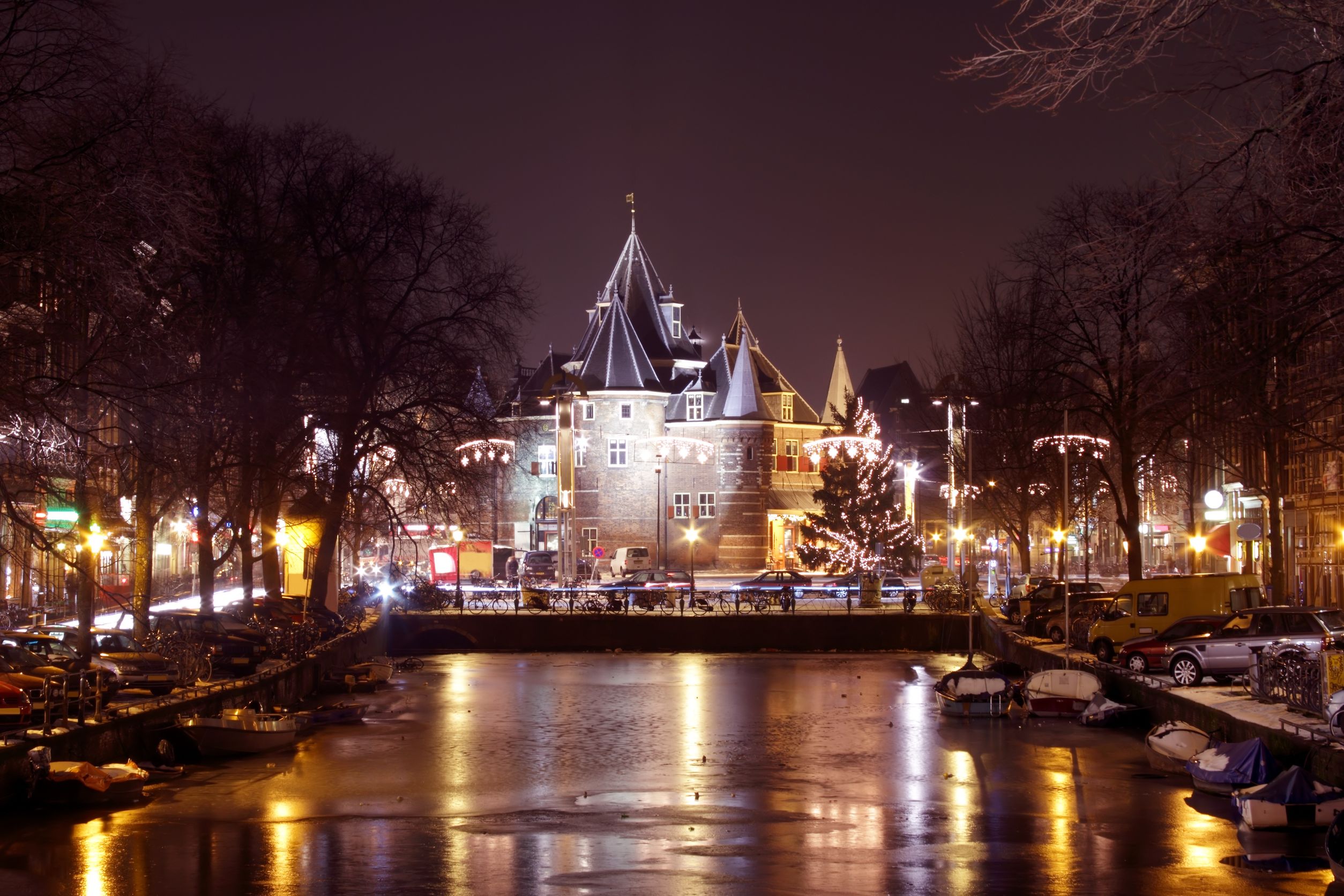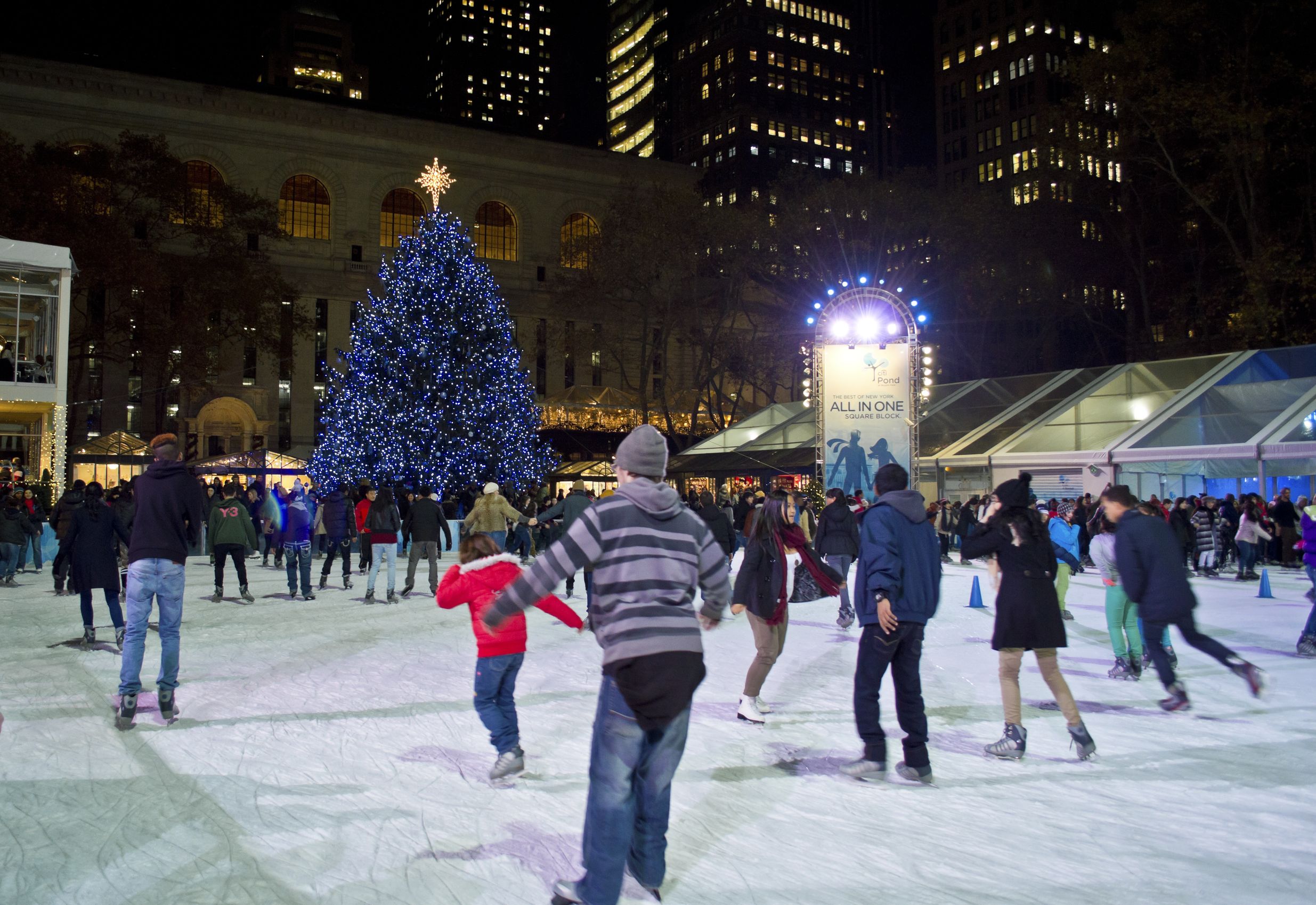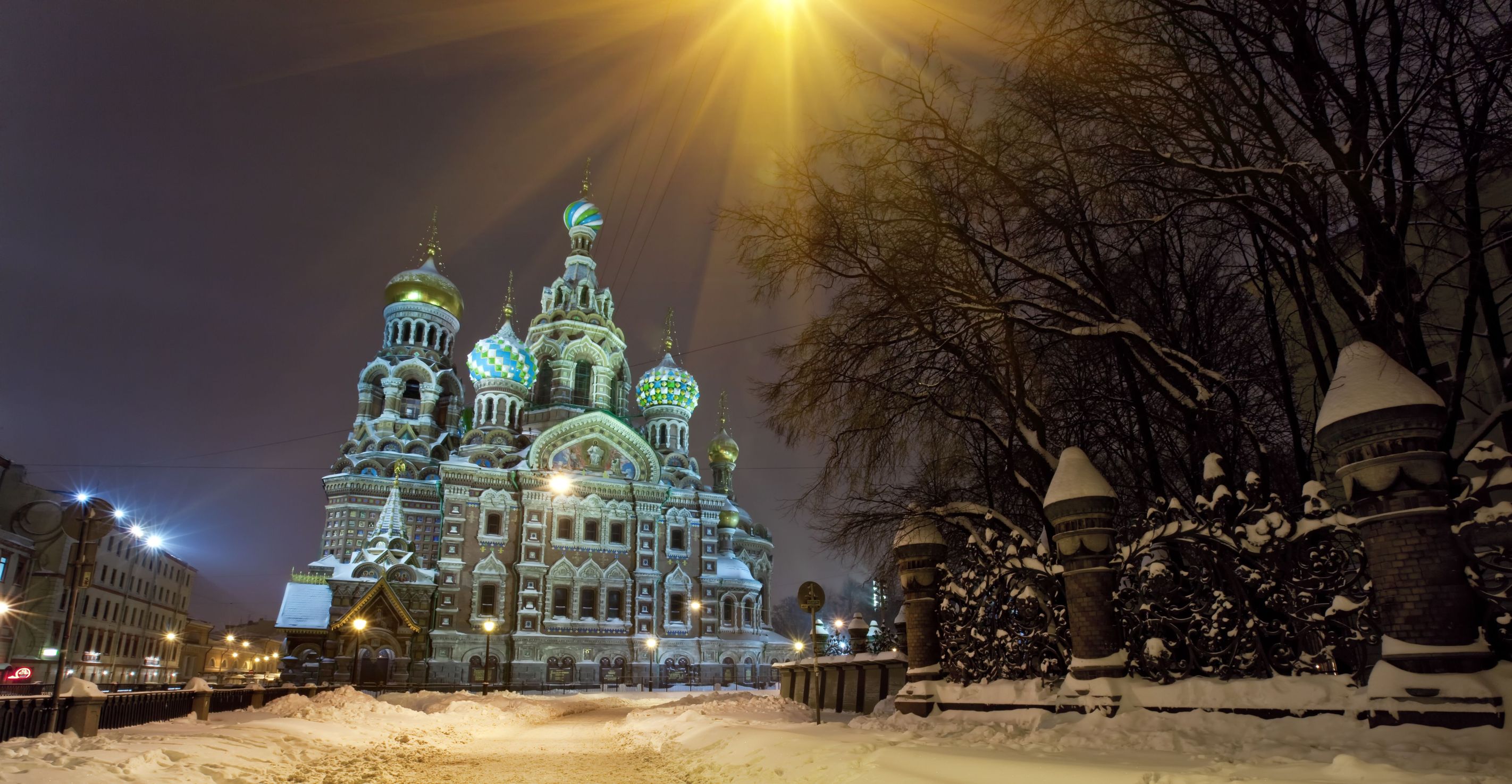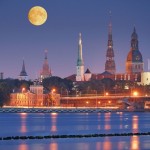Santa Claus Origin Stories Around the World
He wasn't always the chubby, white-bearded man in red.
by Shen Mascariñas | December 24, 2015
Fat, fair-skinned, white-haired, wearing a red and white coat and laughing a distinct “ho ho ho”—this is the modern portrayal of Santa Claus in the Philippines and in most parts of the world. This concept of Santa Claus wasn’t as widespread before, though.
In olden times and other parts of the world, this essential Christmas personality wasn’t called Santa Claus. It also came from various beginnings. Even up to this day, the concept of Santa Claus isn’t a global consensus. Get to know Santa Claus’ different aliases, and how these names sprouted from a motley of origin stories around the world.
Turkey’s Saint Nicholas
The earliest origin story of Santa Claus came from southwestern Turkey in the 4th century. It’s based on the life of St. Nicholas, the bishop of Myra, who was known to be incredibly generous and kind. St. Nicholas performed miracles for sailors, children and women. He also gave away all of his wealth to help the poor and sick.
Dying the patron saint of sailors, children and unmarried women, he was given a feast day that’s to be celebrated every December 6. It was also around this time when December 25 was declared as Christmas Day. With St. Nicholas’ generous spirit and the proximity of his feast day with the birth of Jesus, St. Nicholas was eventually associated with Christmas.
Holland’s Sinter Klaas
The knowledge about St. Nicholas spread all over Europe in the Renaissance period. He even became the most popular saint in the continent. When some European countries were swayed away from veneration of saints by the Protestant Reformation, Holland remained faithful.
They continued to celebrate December 6, the feast day of St. Nicholas, but called him in a different name. To the Dutch, Santa Claus or St. Nicholas, is dearly known as Sinter Klaas.
The United States’ Santa Claus
The concept of Santa Claus penetrated America through the Dutch settlers. When the Dutch entered the North American city of New Amsterdam, now known as New York, they brought their beliefs with them. That included their faith on Sinter Klaas, which eventually influenced Americans greatly. The wave of interest in Dutch customs spread in America after the Revolutionary War.
This was the start of American artists’ drawing inspiration from the Dutch’s Sinter Klaas. They portrayed the saint in ways that’s more similar to the modern concept of Santa Claus. John Pintard and Washington Irving are just some of the artists that helped spread awareness about Sinter Klaas or Americans’ Santa Claus.
Russia’s Babouschka
In Russia, Santa Claus takes the form of an elderly woman named Babouschka. The legend describes Babouschka as the owner of the tidiest and most beautiful house in the village, filled with homemade treats and goodies. Russians believed that Babouschka was visited by the three wise men (or kings) for the best place to stay the night.
When it was time for them to continue their journey to Bethlehem, Babouschka purposely gave them wrong directions out of annoyance with the men’s litter. She felt so much guilt after doing that and went out to look for them, but she couldn’t find the men to undo the damage. Russians believed that Babouschka continues to look for the men up to this day. As she searches, Babouschka leaves gifts for children with the hope that one of them is the baby Jesus and that she will be forgiven.
What’s your favorite Santa Claus story? Got your own theory? Share your craziest ideas below!













